Information
Lifting the cover
1. Lift up the key arm half way2. Push in the black serrated part (that is now exposed under the arm) with one hand
3. At the same time lift up the top cover with the other hand
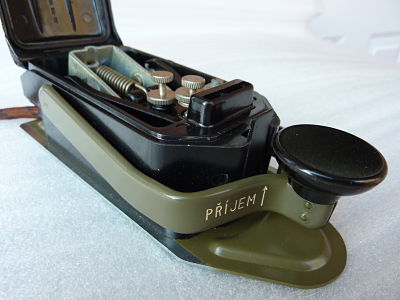
Key adjustments
There are 2 adjustment screws under the cover. One adjusts tension and the other the gap ~ just make sure you tighten them after adjustment. You will need to make adjustments as the gap is set wide, and the spring tension high to minimise damage in transit. The more time you spend setting the key up for your style then the better the key will perform ~ this is time well spent!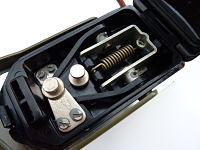
Setting up a straight key........
Setting up a straight keyAnti-Slip Mat
These are easily made from anti-slip matting available in hardware stores.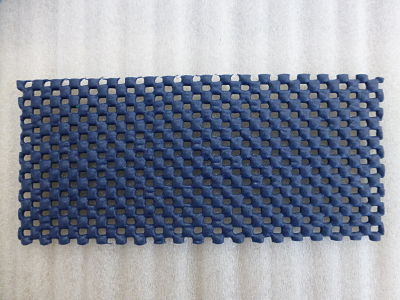
Using the original 2 pin plug
The original 2 pin plug has 4mm diameter pins which neatly fit into standard banana sockets. The pitch of the pins is 20mm. So simply mount 2 banana sockets 20mm apart in a small box. Then wire your rig CW plug to the sockets.The simpler and cheaper alternative is to wire 2 in-line 4mm banana sockets to your rig CW plug.
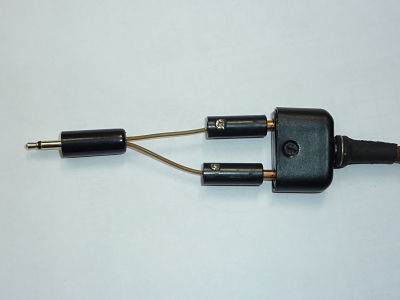
The 2 spade pins in the top cover
This is just a link wired in series with the key to prevent transmission when the top cover is lifted up.The text on the key arm
"Prijem" means Receive and "Vysilani" means Transmit in Czech.The "key arm parked up" position
I have seen some keys with a 4 pin plug. 2 pins of this plug are wired to a cam switch mounted inside the key, so that the action of raising the key turns the TX off and the RX on. This cam switch is fitted to the keys we supply, but as it’s only got a 2 pin plug the switch is left unconnected.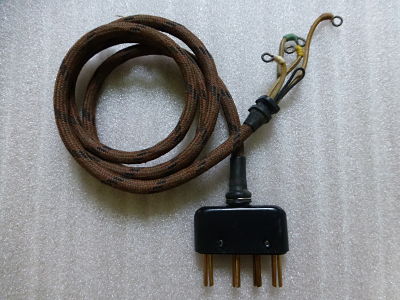
Specification
- Size 150mm Long by 65mm Wide by 50mm High
- Weight about 470 grams
- Khaki painted pressed MS base plate (secured with 4 countersunk screws) and arm
- Bakelite type body and top cover with rubber type seal in the top cover
- 30mm diameter Bakelite type key knob
- 1 metre cloth covered lead
- Cam switch operated by the arm in the Up Position (not connected)
- Black painted pressed MS 2 pin plug with 2 phosphor bronze pins
- Silver contacts
A piece of history
The key was made in the early 1950’s for the
Czech armed forces, presumably for the army. It was
part of an HF base station which was called Type RM31
(although this may have been just the
receiver reference), so the type name
stuck and was then associated with the key. I now
think the transmitter was called Type RS41. I have
spoken to
several Czech radio hams but they appear to know
little about the keys history; although many have
used the keys.
I would welcome any further information to add to this
site............see (more to follow thanks to Karel
OK1UHU)
Czechoslovak People’s Army website on the RM31,
etc
 Czech Morse
Key on You Tube, just click the links
below..........
Czech Morse
Key on You Tube, just click the links
below..........
Czech
Morse Key Introduction
Czech Morse Keys at GQRP Rishworth 2012
Simple Morse Oscillator........
2 Transistor CircuitBuilt Oscillator